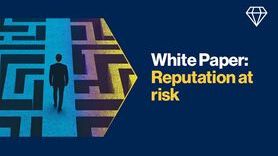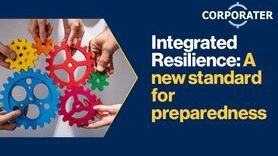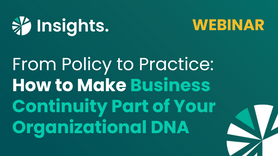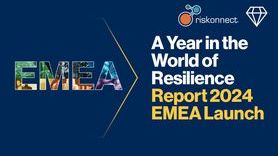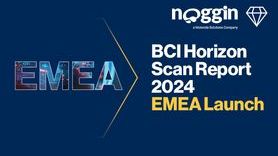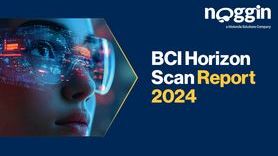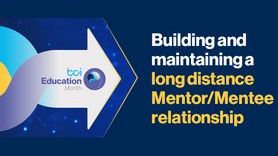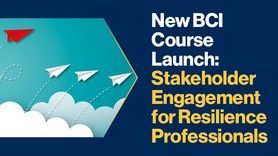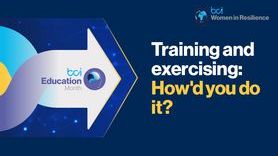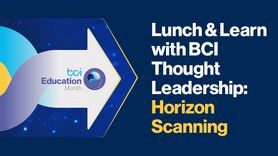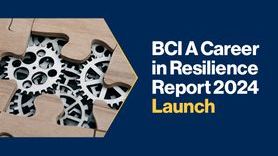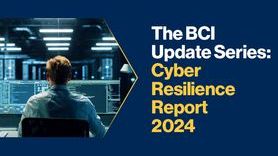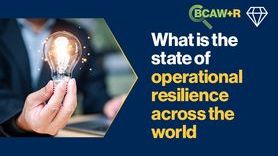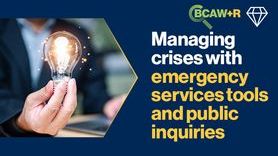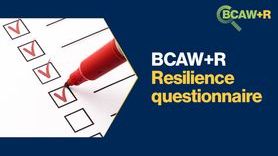Horizon Scan Report – Considering the top threat for 2022
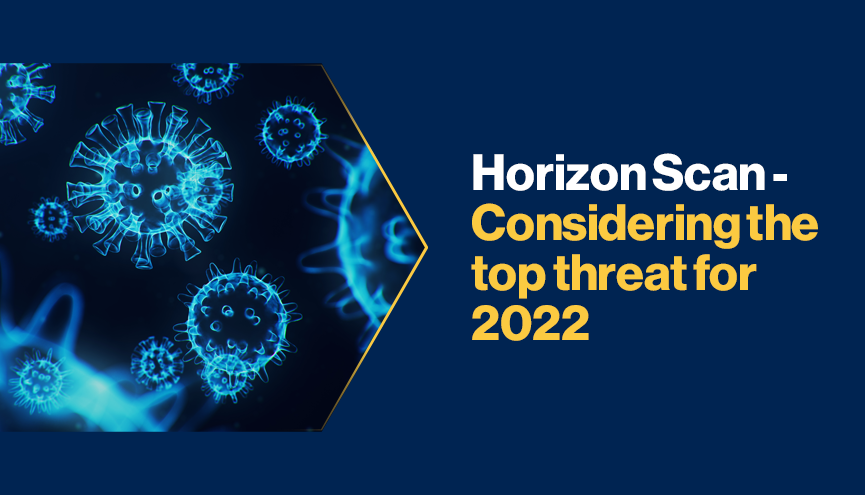
The BCI has released its Horizon Scan report, which looks at the top risks and threats that have faced organizations over the past 12 months and those that are expected to sit at the top of the agenda over the coming years.
Participants for the report listed non-occupational disease as the most impactful event for 2021 and it is once again the largest concern for organizations this year. As new COVID cases reached a global peak of 3.5m new infections on 24 January 2022[1], it is easy to see why it is still a concern for organizations.
Recently, we have seen considerable disruption caused by staff shortages as a result of the pandemic. For example, amid the record high cases, airline operators in the UK have been cancelling flights due to higher levels of employee sickness[2] as the industry prepares for increased travel demand during the Easter season. This in turn has significant knock-on impacts for those passengers and organizations relying on these travel arrangements.
On the international stage, Shanghai began a phased lockdown at the end of March to respond to the highest cases seen in China since the start of the pandemic[3]. The city is used by many organizations as a financial and manufacturing hub. Indeed, reports have noted its importance to the semiconductor and vehicle manufacturing industries. The supply chains for these sectors has already been widely disrupted by various factors, including the pandemic and the war in Ukraine, with the semiconductor chip shortage causing particular concern down the value chain for many manufacturers.
Organizations are now also striving to keep up with how the pandemic has changed ways of working. For example, conducting risk assessments of home working environments should now be a priority for many. It is these knock-on impacts from the pandemic that have taken organizations time to quantify and establish a response. However, the report also highlights that resilience professionals should always be looking beyond the direct implications of events like the pandemic on BC and consider the wider context of how working from home may change consumer behaviors and the impact this may have on their business, for example.
Through all of this we can see the risks and threats still present from the COVID-19 pandemic. However, as the Horizon Scan report finds, we must not forget the importance of consistently examining the wider risk landscape. Participants have in fact scored the impact of non-occupational disease as 2.0 down from 2.5 in 2021, with organizations now much better suited to handle the pandemic than before. Therefore, the bulk of the risk score comes from an increased ‘likelihood’ compared to other risks.
The concern is, however, that practitioners’ frequently focus on those risks that have occurred in the previous year rather than considering the broader risk environment. Does non-occupational disease still deserve the number one position on the chart, or should practitioners be more aware of other risks creeping into the landscape?
In this respect, it is important to note that the responses to this report were collected before the outbreak of the war in Ukraine, which has pushed other threats to the forefront. This is particularly true of concerns over the global supply chain and cyberattacks, ranked at 11 and 2 in the Horizon Scan, respectively. It is fair to say that supply chain disruption would likely be higher placed than 11 if the responses for the report were collected now.
In the same respect, non-occupational disease was placed second-bottom of the list of concerns for 2020. Although, 3 of the top 5 threats for 2022 are now associated with the pandemic. Therefore, we can see that the same way the pandemic and its associated risks took the industry by surprise in 2020, the same can happen for other risks. It is therefore essential that organizations are continuing to conduct longer-term risk analysis rather than basing decisions solely on whichever risk the organization is currently dealing with.
Indeed, looking further ahead, the pandemic/non-occupational disease risk dropped to a joint second place for participants when asked ‘what are your top three concerns for mid- to long-term risks?’ Issues related to cyber security have instead claimed the top spot. As we see the rate of international cyber-attacks surge following the invasion of Ukraine, this threat seems to be rising in prominence even further.
[1] https://www.nytimes.com/interactive/2021/world/covid-cases.html
[2] https://www.theguardian.com/business/2022/apr/04/easyjet-cancels-flights-covid-staff-travel-airports
[3] https://www.theguardian.com/world/2022/mar/28/shanghai-to-lock-down-millions-for-mass-testing-as-chinas-covid-cases-surge






